 |
A Student Guide to Drug and Alcohol Abuse |
0.50 |
College students rank high among people who abuse drugs and alcohol on a regular basis. Students turn to drugs and alcohol for many reasons: they are on their own for the first time, and want to experiment; they are surrounded by others who drink or do drugs; they are stressed, and think it will help them to cope. In this course, students will define abuse, recognize the signs of abuse, define binge drinking and its risks, and identify sources of support.
|
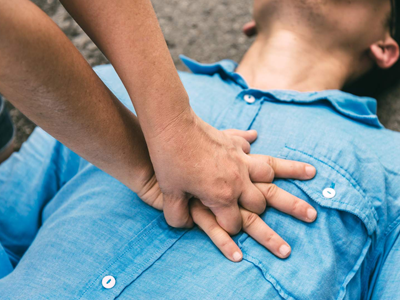 |
Adult and Child CPR |
2.00 |
In this course, you will learn how to properly perform Adult and Child CPR that may someday enable you to save someone's life. |
 |
Asbestos Safety Awareness |
1.00 |
This course covers general information regarding asbestos, such as what it is and where it is found. The associated health hazards and the ways to protect yourself and co-workers against asbestos hazards are also discussed in this course. This course will also teach you how to analyze and discuss case studies regarding asbestos. |
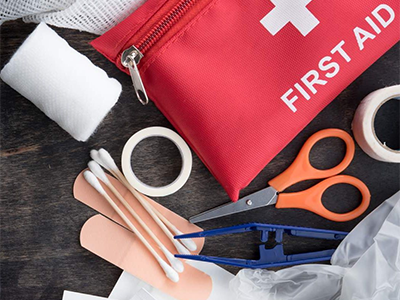 |
Basic First Aid |
1.00 |
This course covers basic first aid for a variety of ailments, including, but not limited to, bleeding, fractures, wounds, checking for spinal injuries, bites and stings, and choking.
Please note: This course is meant as a general overview of Basic First Aid and will not result in an official first aid certification. |
 |
Bed Bug Protection Tips |
0.50 |
This course covers numerous ways to help protect you from the dangers of bed bugs. It will cover tips and tricks to prevent and get rid of bed bugs, along with what to do if you are exposed to them. |
 |
Bloodborne Pathogens and HIV (Human) |
1.00 |
In this course, you will learn about the characteristics of bloodborne pathogens, diseases caused by these pathogens, such as HIV, and how they are transmitted. You will also learn the elements of an exposure control plan and how to prevent contact with or infection from contaminated body fluids. In addition, you will learn how to handle exposure incidents involving blood, and the signs, labels, and color-coding used to warn of biohazards and bloodborne pathogens. This training is provided to help employers provide a safe and healthful work environment for their employees and minimize the possibility of employee exposure to bloodborne pathogens.
This course is labeled with (Human) to indicate that it is not animal-related.
|
 |
Bloodborne Pathogens and HIV (Short) |
0.33 |
This course will help you define Bloodborne Pathogens (BBP), identify common types, identify how BBP are transmitted and contracted, determine reasonable anticipation for encountering BBP, define an Exposure Control Plan, and define PPE, its effectiveness, and decontamination when BBP are encountered. |
 |
Caidas en la Construccion (Spanish) Falls in Construction |
1.50 |
Este curso es en español. En este curso, usted verá videos sobre varios tipos de caídas que pueden ocurrir mientras se trabaja en la construcción. Usted aprenderá sobre aberturas en el suelo, andamios fijos, entabladas de puentes, reparación de techos, claraboyas, y trabajo en cornisa. |
 |
Capacitación sobre seguridad en andamios y escaleras de mano (Spanish) Scaffold and Ladder Safety Training |
0.50 |
Este curso cubre cómo corregir o eliminar peligros de caídas relacionados con el uso de andamios y escaleras en el lugar de trabajo y comprender los requisitos de la OSHA referentes a seguridad en andamios y escaleras. |
 |
CERT Firefighter Rehab Operations |
1.00 |
This course is designed to train Community Emergency Response Team (CERT) members to recognize signs of physiological distress in firefighters. It seeks to provide information on how to set up safely and perform non-medical functions of firefighter rehabilitation. You will specifically learn what to do at the incident scene, in the rehab area, and during the rehab process. |
 |
CERT Unit 1: Disaster Preparedness |
1.00 |
The Community Emergency Response Team (CERT) program educates volunteers about disaster preparedness for the hazards that may occur where they live. This course covers the functions of CERT and how CERT fits into your community's emergency preparedness structure. The types of hazards that can affect communities and the hazard's potential to impact people, health, and infrastructure are discussed in this course. In addition, this course also will teach you how to face a potential disaster.
It is just one of many health and safety courses we offer. This course will help you learn the best practices for keeping yourself safe and healthy when on the job. |
 |
CERT Unit 2: Organization |
0.75 |
This course covers the CERT organizational structure, the Incident Command System (ICS), the one-scene size-up process, and how to use CERT standard documents. |
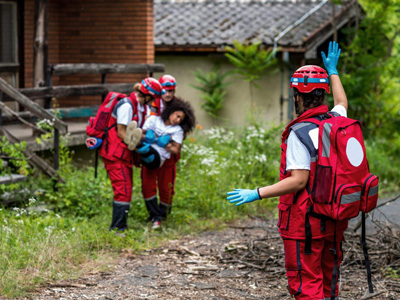 |
CERT Unit 3 and 4: Disaster Medical Operations |
1.50 |
This course covers life-saving measures CERT volunteers can take when responding to an emergency scene, such as; controlling bleeding and using direct pressure or a tourniquet, maintaining normal body temperature, opening an airway, and positioning a victim correctly. |
 |
CERT Unit 5: Disaster Psychology |
0.75 |
This course covers disaster psychology and how it can be used to improve disaster response. You will also learn about the psychological impact of a disaster on responders and survivors and how this impact can be remedied through psychological first aid. Finally, you will learn about steps to take before, during, and after a disaster as part of a CERT. |
 |
CERT Unit 6: Fire Safety and Utility Controls |
1.00 |
This course covers fire safety and the controls you can use to ensure that safety. You will also learn about the different priorities of fire service that need to be taken into account when responding to fires. These priorities include but are not limited to life safety, incident stabilization, and property conservation. |
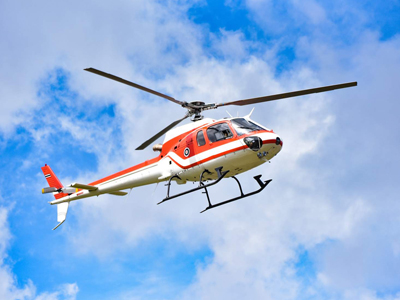 |
CERT Unit 7: Light Search & Rescue Operations |
1.00 |
This course covers how to operate in an effective manner for emergency response and rescue. You will learn how to size up the situation in which the search and rescue team will operate, as well as how to conduct search and rescue operations. Being able to use safe techniques for rescue gives a CERT volunteer a better chance to remove survivors from dangerous situations as well as prevent a CERT volunteer from putting themselves in danger. |
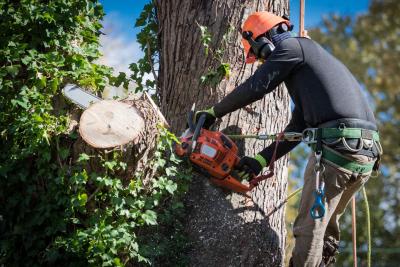 |
Chainsaw Safety |
0.50 |
This course covers Chainsaw Safety. You will learn the proper ways to start a chainsaw, what it can cut, and how to operate a chainsaw safely. |
 |
Compressed Gas Safety |
0.75 |
Compressed gases are a convenient resource for many different jobs and activities. This convenience comes along with potential risks that can be remedied through safety measures and practices. This course covers the use of compressed gases and safety measures/practices for compressed gases.
It is just one of many health and safety courses we offer. This course will prepare you to safely handle compressed gases in any situation. |
 |
Construction Hazards |
0.50 |
This course covers the basics when discussing construction hazards you may see daily when working on a construction site. Preventative measures for falls and falling objects, electrical work, as well as excavations will be discussed throughout. |
 |
Construction Safety & Prevention Program: CSIP Introduction |
0.25 |
CSIP Introduction is part of a twelve-part construction safety and prevention program. This course introduces construction safety standards and preventing injury on the job. This course will also cover the structure of CSIP programs and OSHA considerations and rules. |
 |
Construction Safety & Prevention Program: Disciplinary Policy Employer Responsibility |
0.50 |
Disciplinary Policy Employer Responsibility is part of a twelve-part construction safety and prevention program. This course covers how to implement proper disciplinary programs in the case of safety violations or insubordination. You will learn how to keep track of these programs and learn how to communicate these programs. |
 |
Construction Safety & Prevention Program: Emergency Planning Response Procedures |
0.50 |
Emergency Planning Response Procedures is part of a twelve-part construction safety and prevention program. This course covers emergency planning for construction sites, how to create an emergency action plan, and special considerations to take when planning for emergencies. In this course, you will learn how to protect yourself, your employees, and your business by preparing a response to emergency situations before they arise. |
 |
Construction Safety & Prevention Program: Hazard Identification Plan |
0.50 |
Hazard Identification Plan is part of a twelve-part construction safety and prevention program. This course covers how businesses can utilize a hazard identification plan, the costs of identifying and abating hazards, and how both employees and managerial staff can create a culture of safety. |
 |
Construction Safety & Prevention Program: Incident Investigation Procedure |
0.50 |
Incident Investigation Procedure is part of a twelve-part construction safety and prevention program. This course covers the purpose of incident investigation, the approaches to investigating an incident, how to establish an incident investigation program, and more. |
 |
Construction Safety & Prevention Program: Leadership Commitment to Operational Safety |
0.25 |
Leadership Commitment to Operational Safety is part of a twelve-part construction safety and prevention program. This course covers the basics for setting up an operational safety program. It will discuss who is responsible for each step, and the goals behind operational safety. |


























